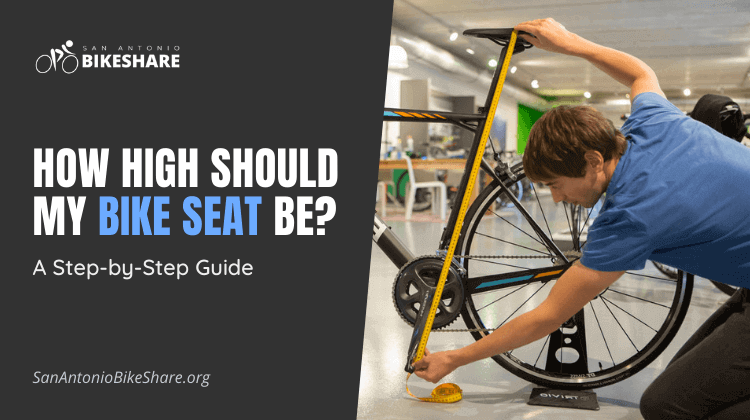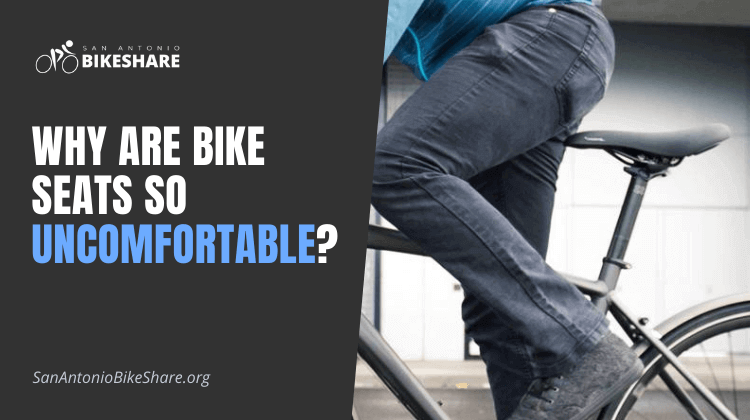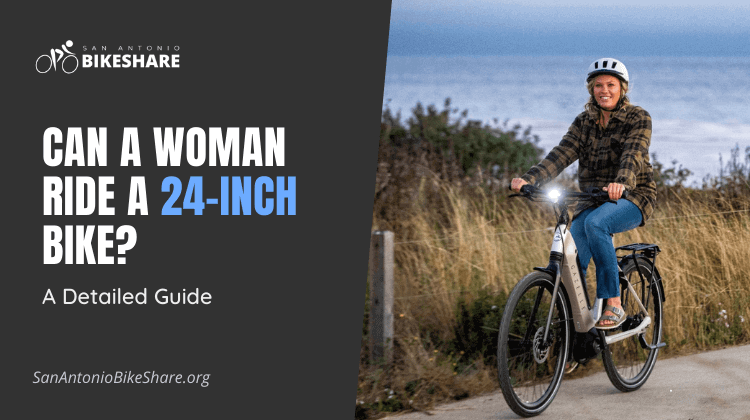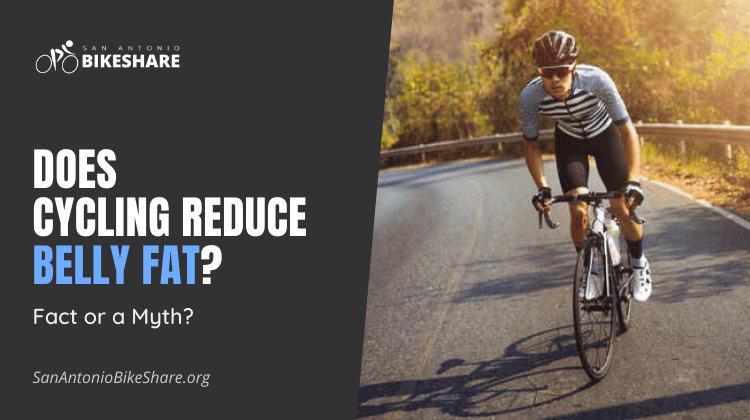How High Should My Bike Seat Be? A Step-by-Step Guide
Have you ever thought, how high should my bike seat be? Have you ever asked this question to yourself and felt a little apprehensive when getting on your bicycle? Was your seat causing you any discomfort? If this is the case, it’s past time to learn how to change the seat height on your bike.
According to the Boston University School of Medicine, having the right seat height can help your overall health and sexual performance. You risk a range of sports injuries if your saddle height is incorrect. Getting the right height will improve your pedaling abilities while also making you more comfortable.
Let’s explore how high should your bike seat be?
The Symptoms of an Incorrect Bike Seat Height
Have you ever had knee pain following a long bike ride? Do you have a history of lower-limb injuries as a result of bicycling? These could be signals that your bike seat height is incorrect or that your saddle height has to be modified to allow for a knee flexion angle of 25 to 30 degrees, according to a study by the Sports Performance Research Institute in New Zealand.
Related: Why Are Bike Seats So Uncomfortable?
How High Should Your Bike Seat Be? The Basics
Now is the moment to answer the question, “How high should the bike seat be?” The most common and simple approach for determining your bicycle’s correct height is to sit on the bike with your heel on the pedal. Make sure your pedal is in the six o’clock position after that. You should press the bottom of your pedal.
In this position, if your bike seat is at the right height, your knee should be entirely straight. You’ll need to modify the bike seat height if your knee bends in this position. You’ll have to adjust the height several times with little changes. If you travel too far, your heel will be unable to touch the pedal, forcing you to drop the bike seat.
Other Considerations for a Better Fit
While the method explained above will offer you a generally excellent fit for your bike saddle, there are a few other considerations to consider. You should check your bike technique and use the LeMond approach if possible.
The LeMond Methodology
The LeMond Method is divided into three sections, as shown below
- Place a flat leveling object between your legs, slightly below the hips
- Now is the time to get your inseam measurement
- To get the answer, multiply this figure by 0.833.
As a result, you’ll have the exact saddle height in millimeters. You’ll also need to account for the thickness of your shoes if you use the LeMond method, as the formula assumes a shoe thickness of 15 millimeters. Your bike style may also have an impact on the height of your bike seat.
Bike Pedaling Techniques
Your bike style has an impact on the best location for your bike saddle height. A cyclist who cycles with his or her toes down, for example, may need a higher saddle height while keeping the same knee angle.
A greater seat height is not necessary for someone who pedals their bike with their heels down. The saddle’s location in location to the rails is also important because it affects comfort and pedaling ability.
All of these considerations should assist you in determining how high your bike seat should be. Finally, it’s vital to know how to modify saddle height.
Also Read: Best Comfortable Bike Seats for Overweight Riders
Changing the Height of Your Bike Seat: Step-by-Step Instructions
You’ll need to follow five simple actions to modify the height of your bike seat
- Determine whether you have a lever or a bolt to adjust your seat post
- Set the seat height to your preferred length
- Ensure that the saddle is securely attached
- During a test ride, check the seat height
- Make simple adjustments to resolve any problems
Often, there is a lever at the bottom of a seat that can be opened and adjusted with just your hands. If your seat post is secured, you’ll need to release the bolt and move the seat up or down using a wrench. Once you’ve found out how to adjust the seat, you can adjust the saddle to your preferred height.
After that, either lock the quick-release mechanism or clench the bolts with a wrench to tighten the saddle. Take a slow test ride to ensure that when the pedal is at its lowest point, your knee only bends minimally.
If you’re still having problems or are getting knee pain while biking, go over steps one through three again, making slight adjustments.
Conclusion
Have you gotten your answer to how high should my bike seat be? Now that you know why the appropriate bike seat height is important, how to determine the proper saddle height, and how to accomplish it, you can go for a nice bike ride. Today is a beautiful day to go biking!







